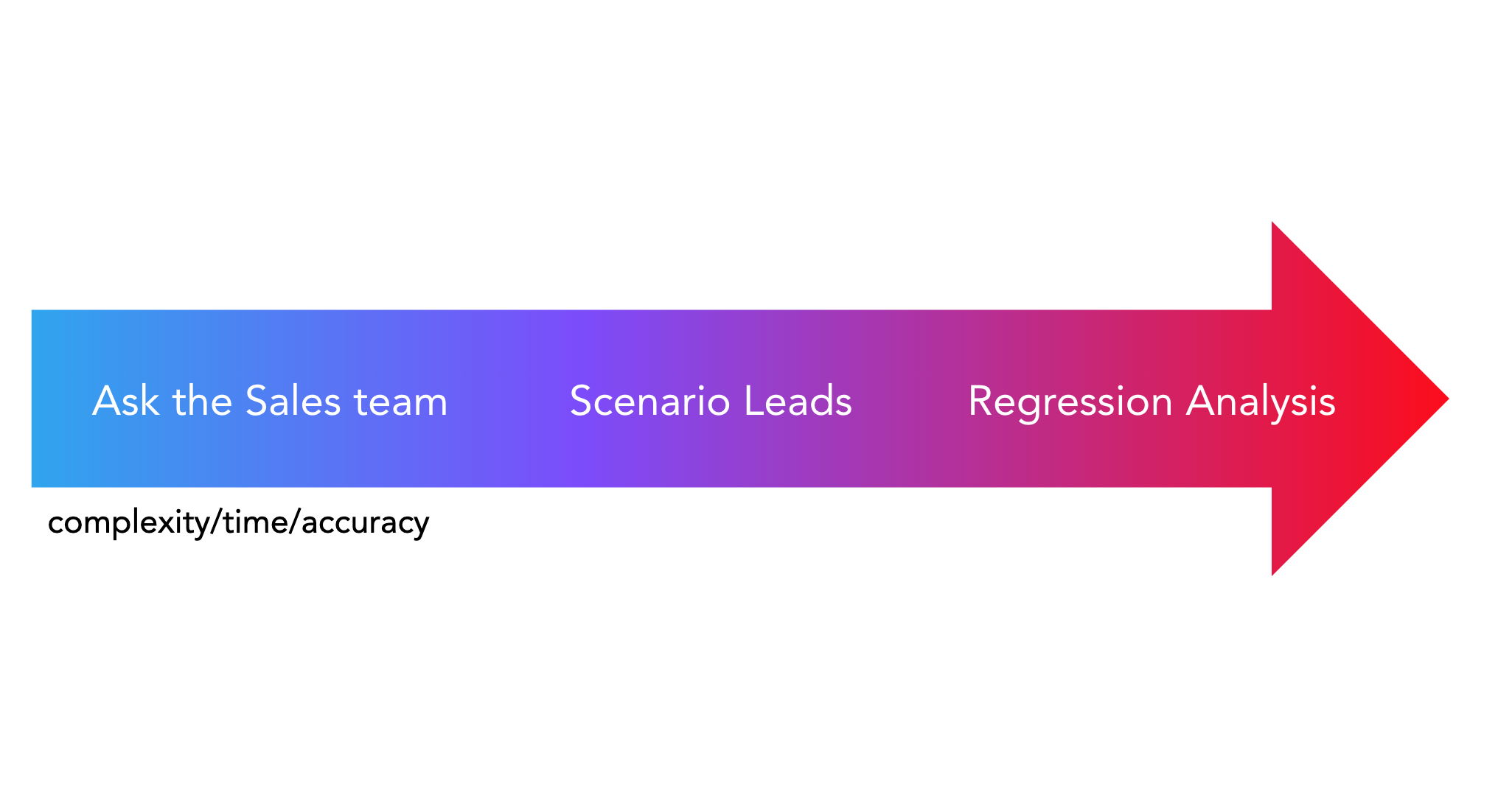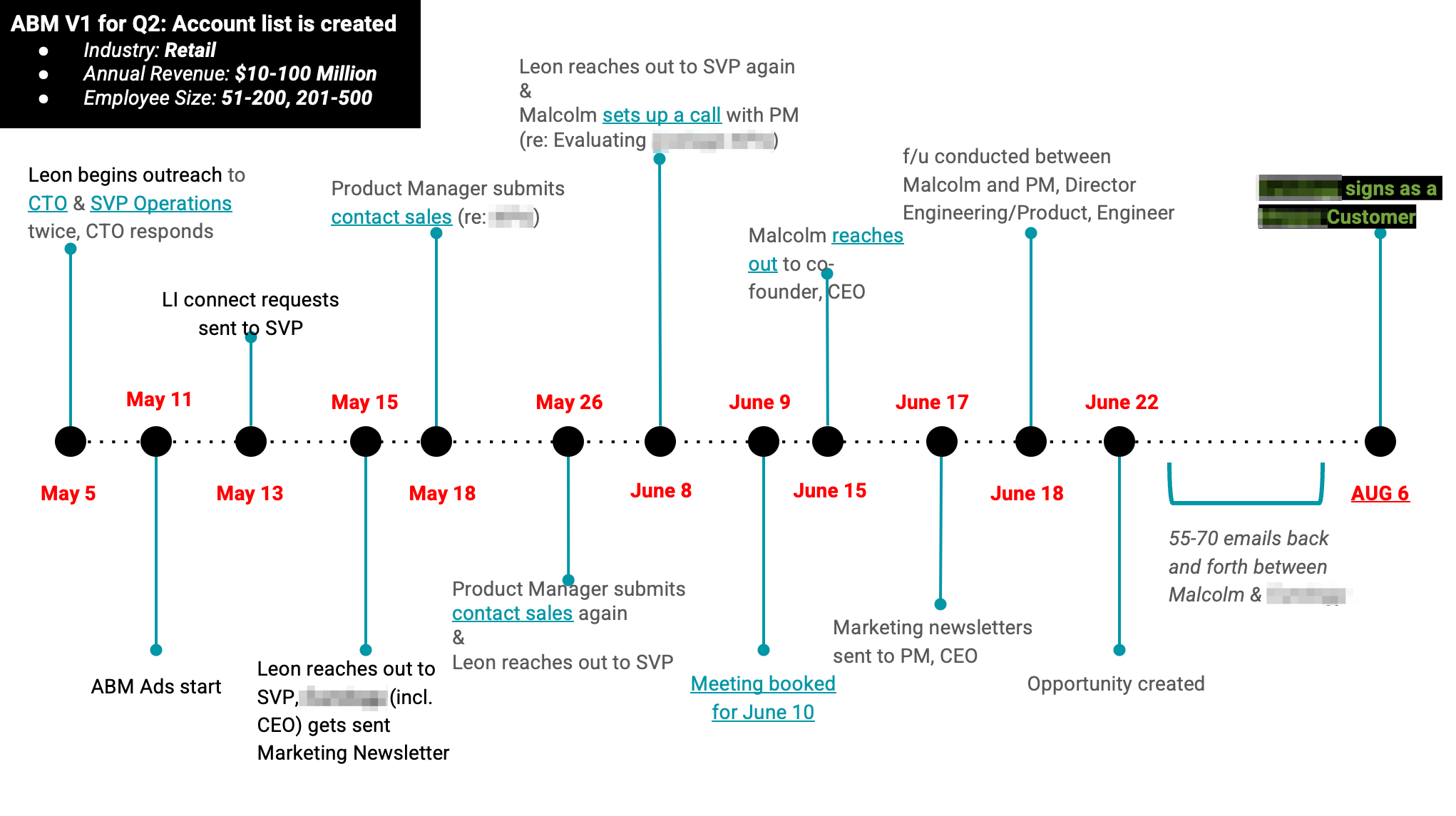You balanced lead behavior and demographics! Sales [finally] agreed on an MQL threshold! You stopped scoring off email opens! But how do you test lead scoring and check it’s working? Here are some early indicators to measure your model.
>> Related: How to Create a Better Lead Scoring Model [template] <<
In this post:
1. Sales acceptance rates
MQL-to-Sales Accepted Lead is effectively measuring if Sales says, “Yes, I agree, I’m doing to call/email this person.”
The acceptance rate should be 80% to 95%. If you’re seeing a 40% MQL to SAL rate, then you’ve got a problem. You’re qualifying a lot of leads that Sales think are worthless. Identify the problem leads and which attributes helped them cross the MQL threshold.
2. SAL to Opp rates
The SAL to Sales Qualified Lead (or Opportunity) rate can vary widely. But 10% to 30% is in the ballpark.
If you’re seeing a huge percentage of your SALs converting to opportunities, awesome. That sounds like you have a great product. But are you being too restrictive? Only focusing your sales team on the cream of the crop has a downside… are you losing some people that could convert if they got a call?
3. Just… talk to Sales
Sometimes scoring feels off. As an economist, this is a maddening thing to hear, but trust it. I just went through this with a client that started with a pretty equal weighting between demographic and behavior attributes. Within a couple of weeks, they felt like the demographics were too highly scored and behaviors weren’t coming through enough. It was a quick fix.
And of course you will get feedback from the sales team, so you might as well invite the conversation: Do they think it’s working? Are they getting good leads? Or are they proactively grabbing leads from the marketing queue and calling? (That shows your MQL threshold is too high.)
4. Scenario leads
Scenario leads help you test lead scoring before you implement the model (or as you’re contemplating changes).
- Sit down with your scoring stakeholders and draft fictitious leads with different titles, geos and engagement. Mix in good and bad attributes (CFO titles and students).
- Score them according to your model.
- Evaluate: Do they cross your MQL threshold or not? Do we want to talk to this person yet? Does it feel right? Did changing webinar registrations from 10 points to 30 make a meaningful difference?
5. Regression analysis
“Regression analysis” is a buzzy term. It’s a powerful statistical method for comparing how multiple variables have an impact. I’m an economist-turned-marketer, and I find regression analysis on even a simple data set is too time consuming. Just talk with Sales, or leverage your data teams (and their specialized software).
6. While you’re tinkering…
Don’t forget to re-run your lead assignment rules in Salesforce! When you change scoring and MQL thresholds, some people might suddenly qualify, but they already exist as leads in Salesforce. You need to assign them to the right hands ASAP. This is a common black hole between Salesforce and your marketing automation platform, and an unexpected consequence of tweaking lead scoring.
More deep thoughts on lead scoring
- [Template] How to Create a Better Lead Scoring Model
- Scoring Leads By Email Engagement and Clicks? Big Mistake.
- Common Lead Scoring Mistakes
- How to Create Custom HubSpot Behavior & Demographic Lead Scores
- How to: Demographic Lead Scoring in Marketo
- 8 Lead Management Process Samples
- How to: Build an MQL SLA Alert in Salesforce





